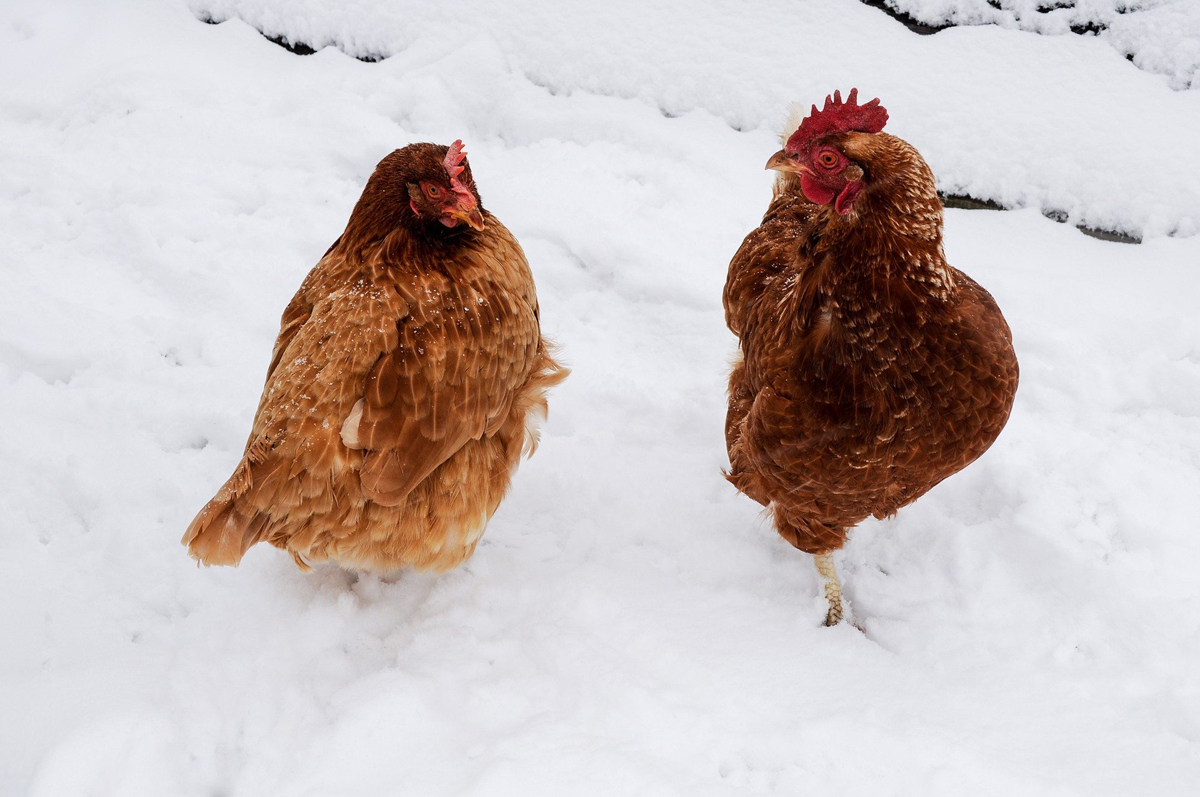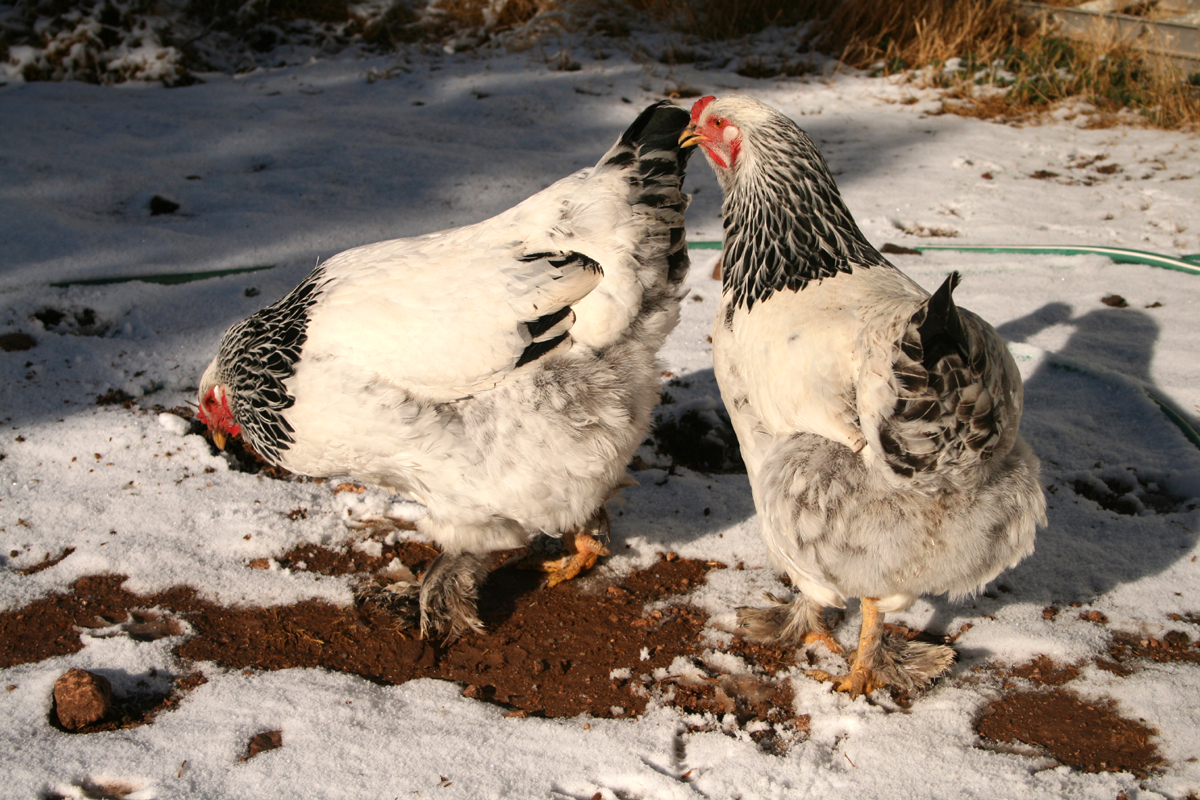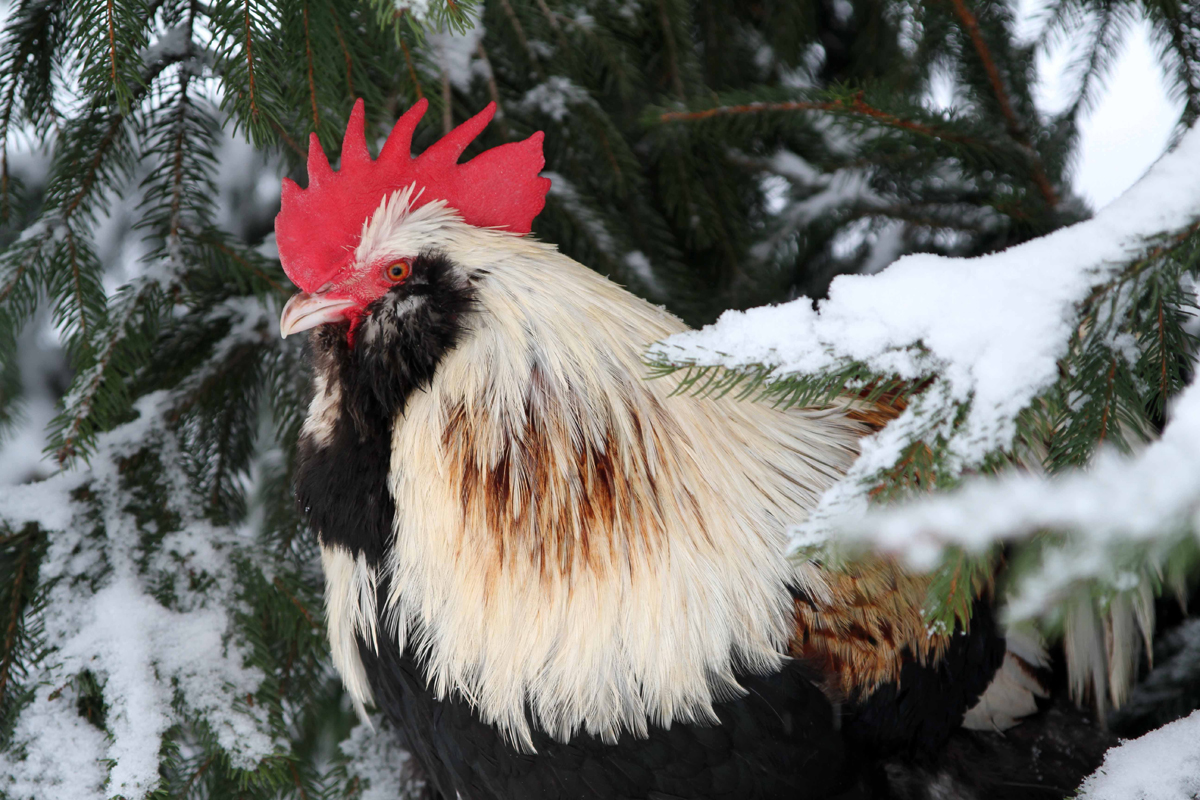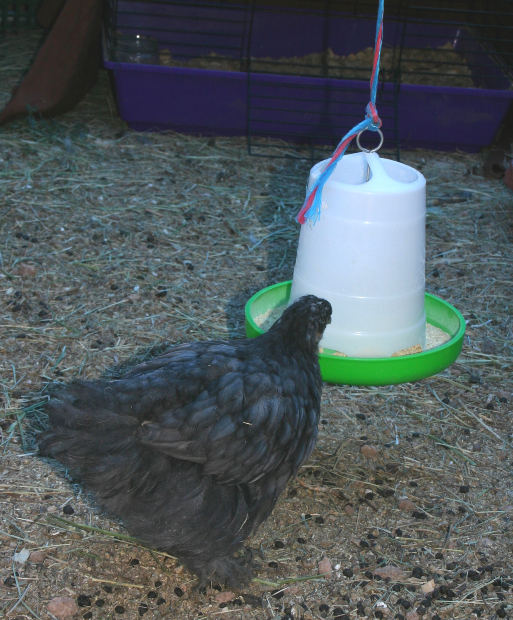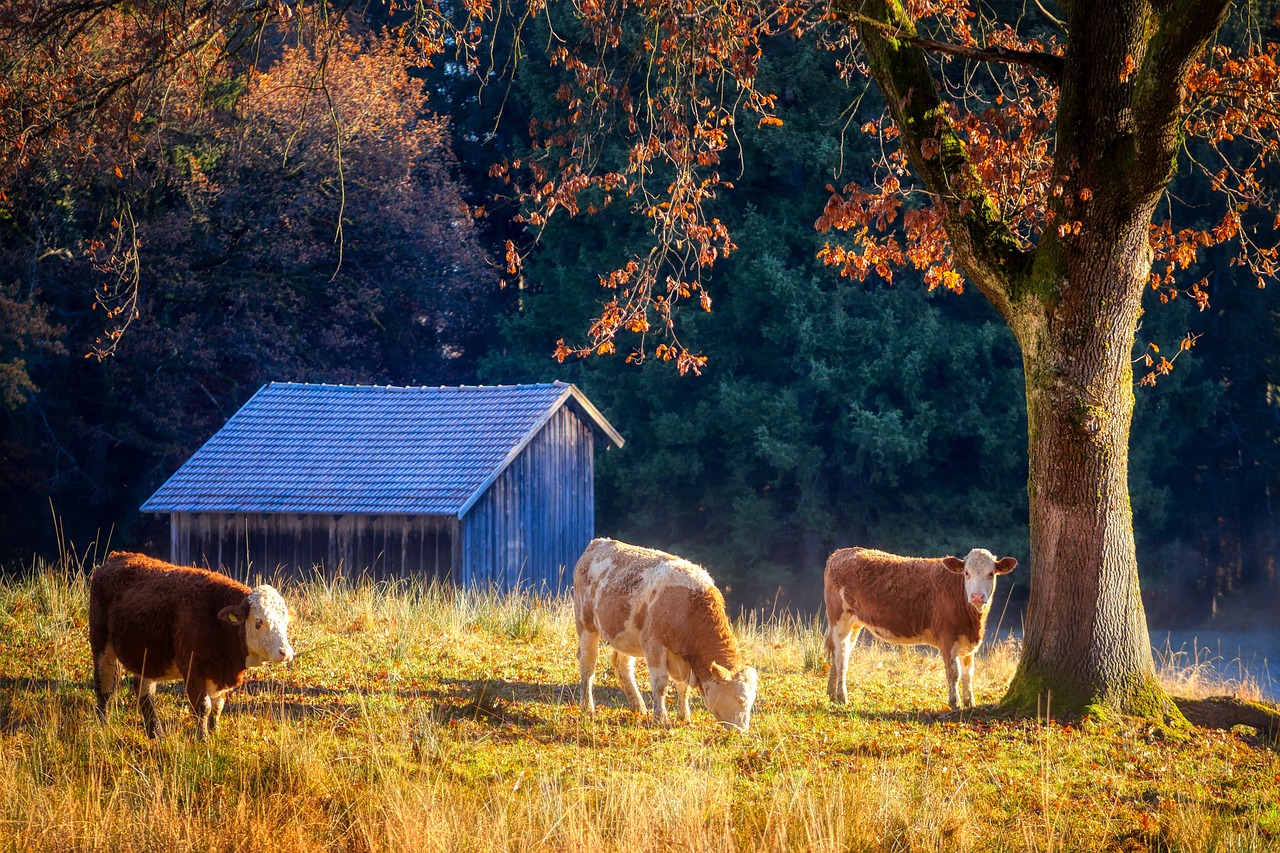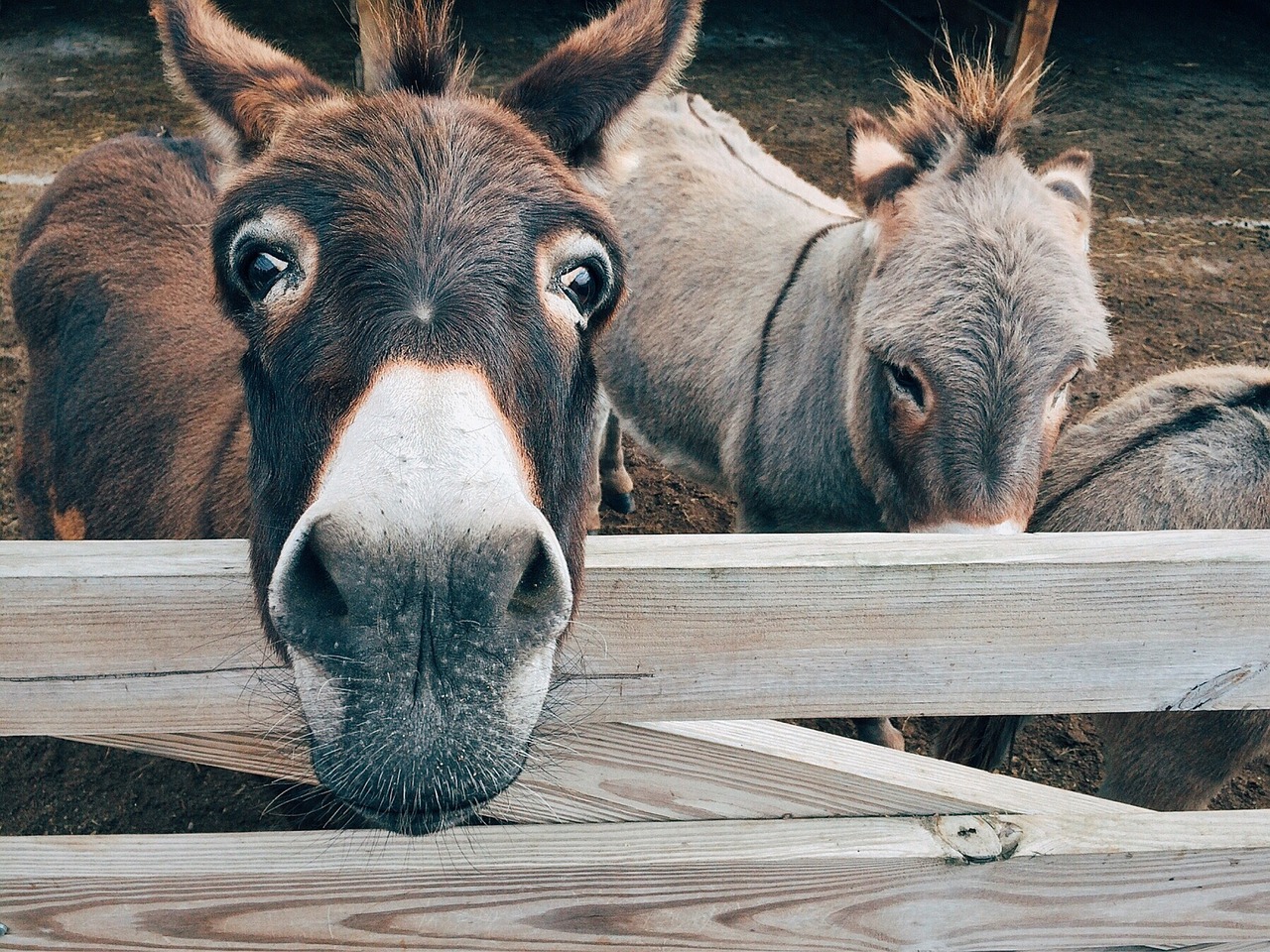Treating Your Chickens for Lice and Mites
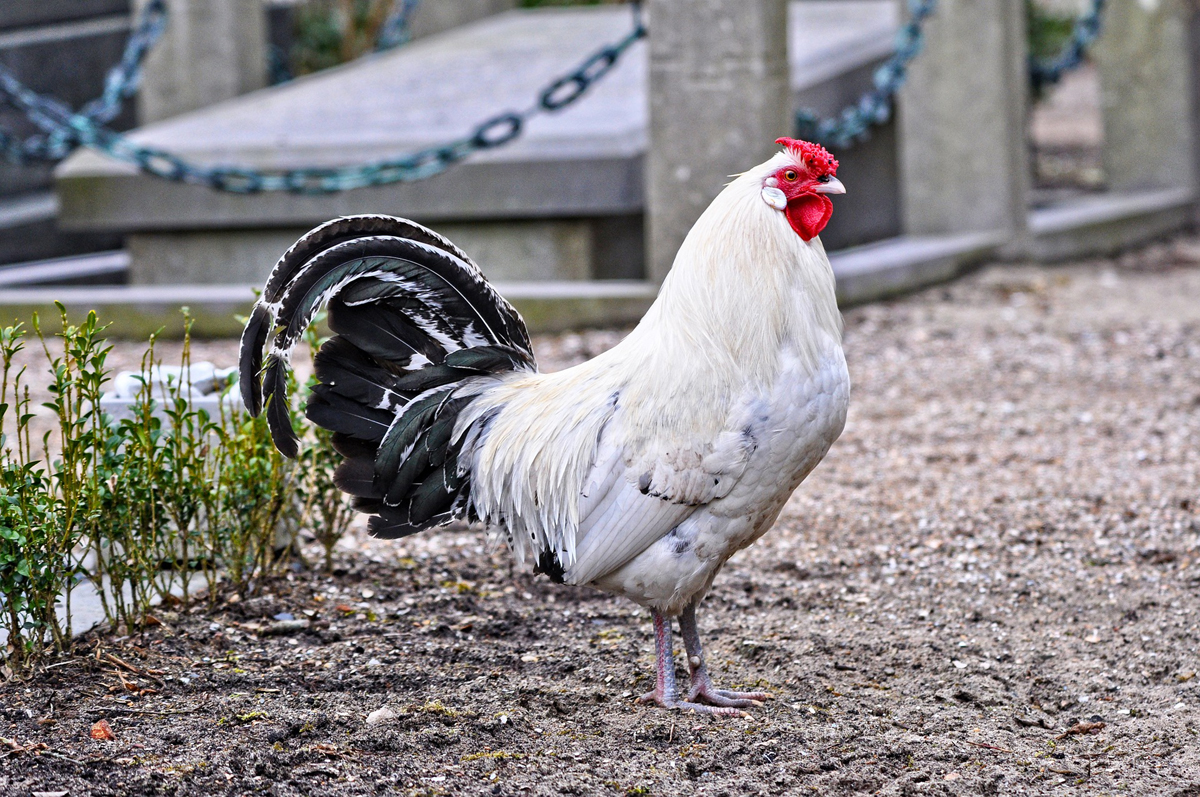
No pet owner wants their pet to experience mites or lice. These tiny creatures even find their way into the backyard chicken coop, affecting the health of your chickens which can then impact the quantity and quality of eggs they produce.
Where Do Mites Live?
If your chicken coop is made from timber, mites can often be found living in the tiny cracks and crevices of the walls of your chicken coop. Mites will happily live within the timber walls for quite some time, emerging mainly in the evening to feed on your chickens. These unpleasant creatures suck blood from your poor chickens as they try to perch on the roosts inside your chicken coop at night! You’ll find that mites are black in colour but will appear to be more red in colour after a blood feeding.
How Do I Know if My Chickens Have Mites or Lice?
If you notice bald sections without feathers on your chickens, you may have a parasite problem in your chicken coop. You may also notice blackened feathers on your hens which is a result of the accumulation of dried blood and excretions, often under the wings of your chickens next to the soft feathers near the body. It’s not a bad idea to occasionally check your chickens for these very tiny creatures.
How Do I Know if Mites Are in My Chicken Coop?
The quickest way to find mites that may be living in your chicken coop is to wait for night time and using a spot light, go out to your chicken coop. Although your chickens are likely to be surprised by your sudden appearance at night-time, carefully pick up one of your hens and shine your light close to the body of the bird, moving aside the feathers to see properly. Mites are very, very small and close to invisible without magnification, so you’ll need to look up close. If you see black or red little creatures on your chicken, then unfortunately these are likely to be mites. The darkened feathers from blood are also a sign that you have a problem.
What is The Difference Between Mites and Lice?
If you find tiny creatures on your chickens but they’re white in colour, these are most likely lice rather than mites. Lice are white and larger than mites and also feed on the blood of your chickens. Interestingly mites are less ‘host’ specific compared with lice. Mites will feed on your chickens at night and then go back to the cracks and crevices of your chicken coop during the day. In comparison, lice will stay on the same bird most of the time.
How Do I Treat My Chickens for Parasites?
To treat your chickens there is a range of anti-mite or anti-lice powders that you can dust your chickens with, to discourage the pests. These can usually be found at fodder stores, vets and some garden centres. Many of these are fairly toxic, so read the label carefully before applying.
How to Treat Your Coop
If you’ve found mites in your chicken coop, the coop itself will need to be cleaned with a high pressure chemical spray, to get into the small cracks in order to really overcome this problem. Ideally get rid of as much wood as possible from your pens. If you haven’t already purchased or made a chicken coop, you’ll have fewer problems with mites if you chose one made from steel or aluminum. While mites can still appear in these coops, it’s not as common and they’re much easier to clean to remove these pests.
Nature’s Way of Dealing with Parasites
If possible, also allow your chickens the space where they can create a dust bath. A dust bath is when the chickens roll around in the dust and dirt. This is the natural way in which chickens help to deal with pest problems.
The Author:
Be sure to look at Royal Rooster’s great range of chicken coops that are made using aluminum frames rather than timber which attract mites! Royal Rooster also make slim-line drinker and feeder sets that reduce grain wastage and keep water nice and clean.


